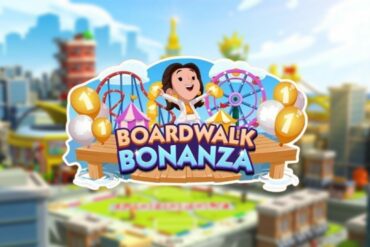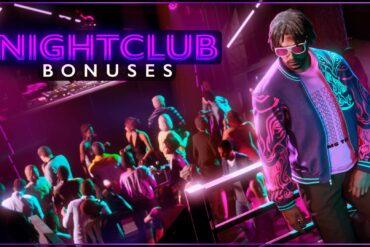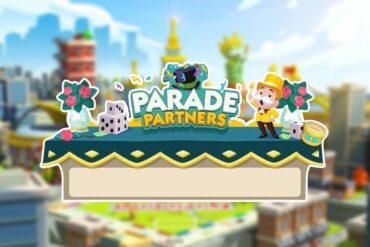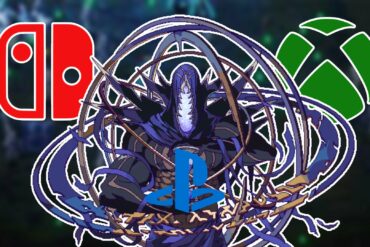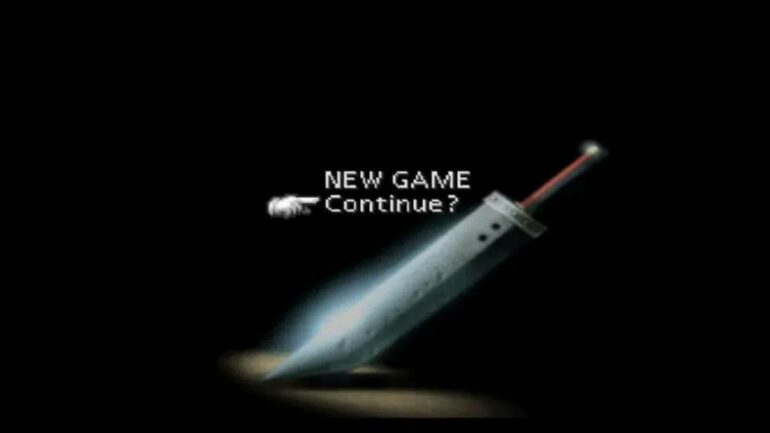Most of you now reading this have reached the end credits of at least one game. But with the various advancements in how games are made and played, at what point can you say a game is complete?
You reach that final boss battle and defeat the massive monstrosity that has been tearing up the land. One last cutscene. Everyone goes home happy, and you watch the credits roll. You might even get an achievement or trophy pop-up.
Exploring The Open World
Is that it? Is this the point that the controller goes down, and the game gets traded in for something else? Well, in some cases, it probably is. There are still some very linear games out there where getting to the credits is the only real goal. But what about games on the scale of Breath of the Wild or even Grand Theft Auto V?
Open world games have massive environments to explore, and hundreds of side-quests along the way, these games encourage a different type of play style altogether. Games such as Assassin’s Creed Valhalla take over a hundred hours to get through, these games take a huge chunk out of your gaming time.
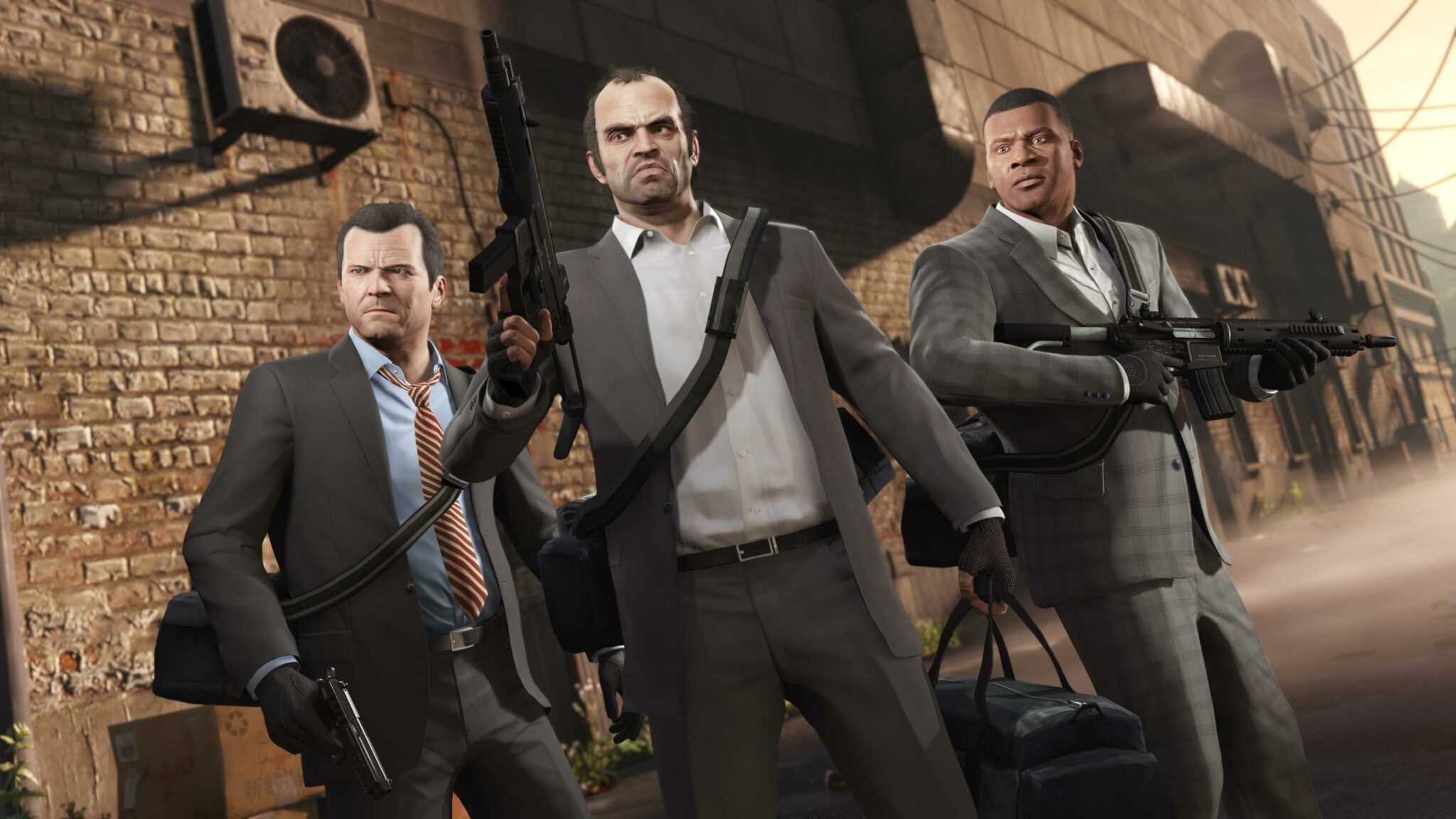
A lot of these games can go on far beyond just the main quest. If you decide to go off the beaten path and explore, your playtime can easily double or triple the initial estimate. So I ask again; is the game finished just because the credits have rolled?
“You don’t play open-world games to rush to the endgame.”
Some of the best missions available in games such as The Witcher 3 are side-quests. That’s one of the main draws of these types of games. What is the point of an open world if you can’t go out and explore it? Oftentimes, your exploration is rewarded with upgrades and experience. Sometimes this extra exploration even adds to the main story by filling in some blanks (such is the case in Horizon Zero Dawn).
You don’t play open-world games to rush to the endgame. It’s not the point. At the same time, though, I won’t necessarily go out of my way to find every single side quest.
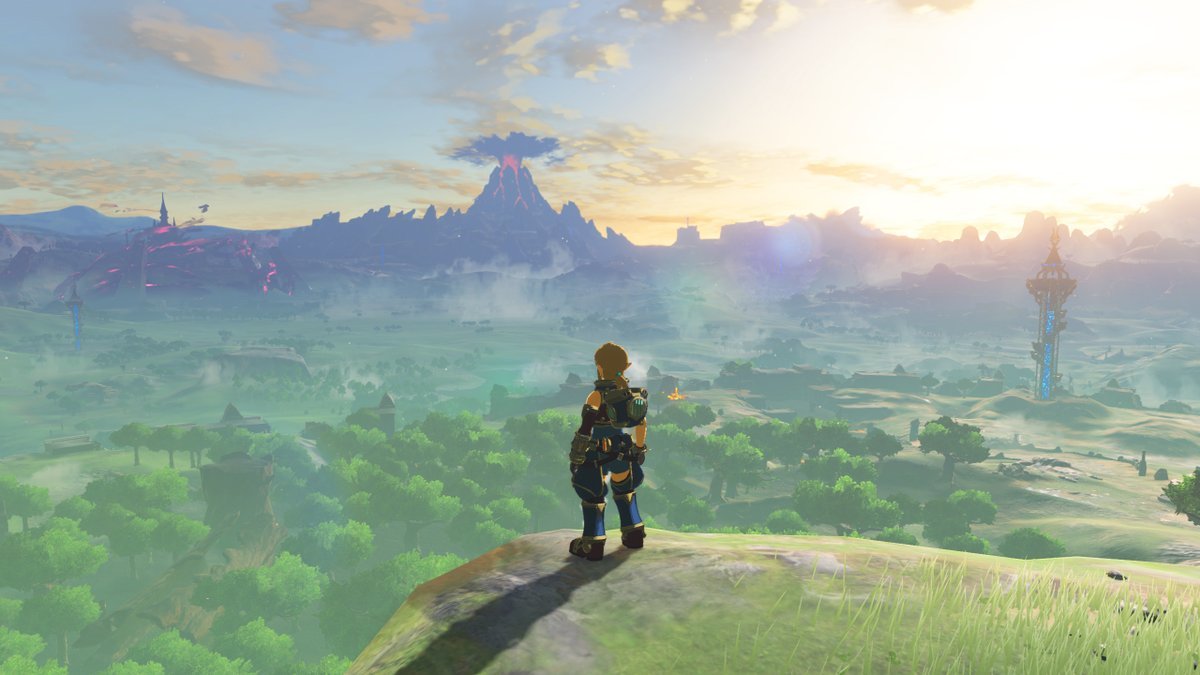
One of the most widely-praised open-world games is undoubtedly Legend of Zelda: Breath of the Wild. While some speed-run the game jumping from the opening sequence to the final boss in just twenty-five minutes, others take their time.
They explore all the mysteries that Hyrule has to offer. And there’s a lot of them too. From finding spots that match images to exploring the mysterious and difficult labyrinths and entering the various shrines. There are plenty of things to explore and do within the game. So why rush it? Take your time and enjoy the view.
“Maybe that wasn’t the ending you expected, right. Bit of a bummer. Well, it could be better.”
Let’s go back a little way to our first example. You’ve reached the final boss. To get there, you have made sacrifices and the occasional bad choice, but you slay that dastardly monster that’s been plaguing your world. However, you are not seen as a hero. Instead, you are seen as a bad guy that did one good deed. One final cutscene sees you walking away an outcast, the world rejoicing that both the monster and you, are gone. Credits roll.
Maybe that wasn’t the ending you expected, right. Bit of a bummer. Well, it could be better. You could change it. You could try again. Or you could say, I’ve already spent sixty hours with this, I ain’t doing it again! It’s a conundrum.
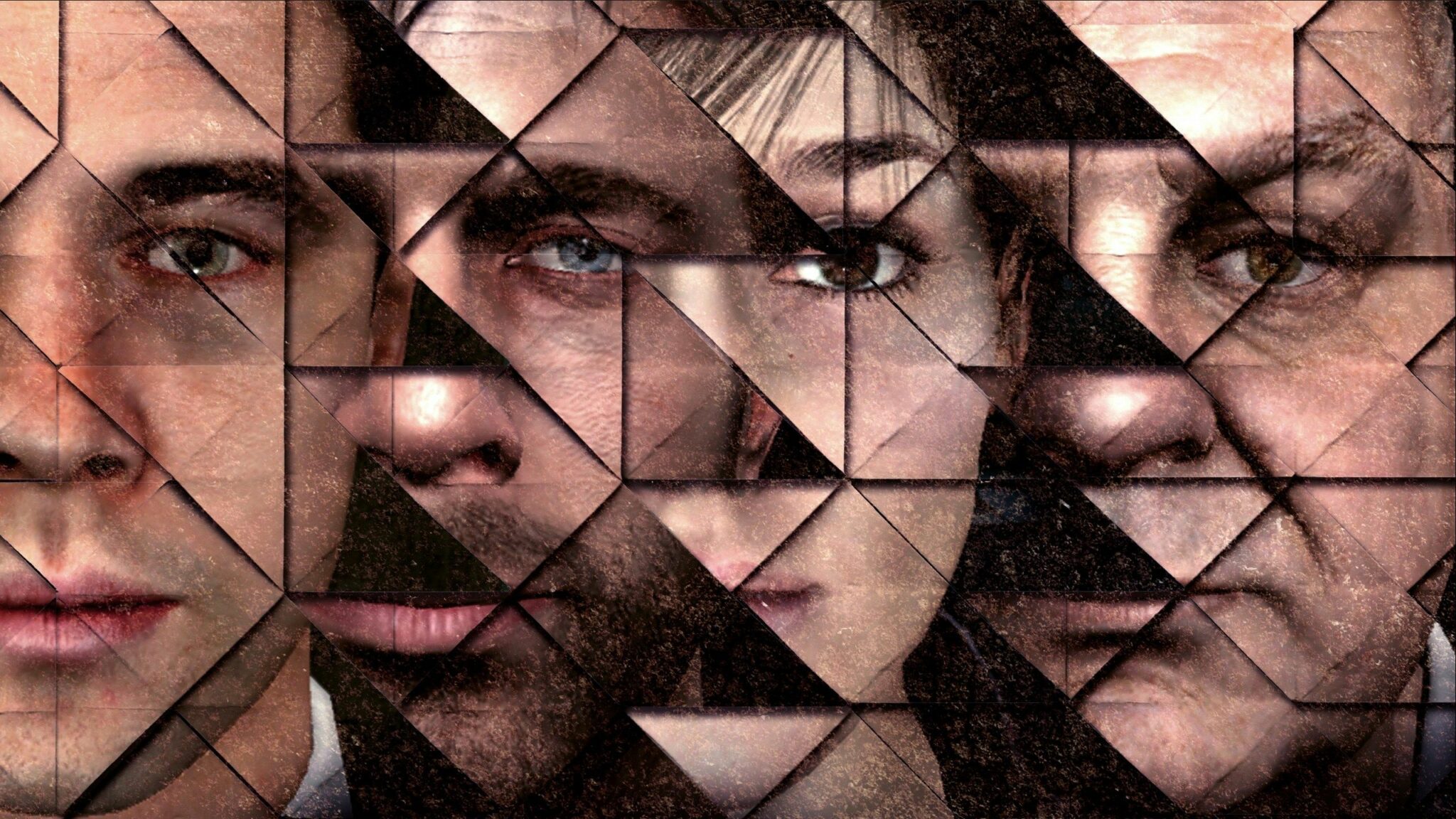
It’s hard to pinpoint which game was the first to offer multiple endings. Some games focus heavily on the idea and even position it as the main mechanic that the game is built around. Quantic Dream, the team behind Fahrenheit, Detroit: Become Human, and Heavy Rain, knows how to pull this off. The first time I played through Heavy Rain, I managed to receive what is considered an ‘okay’ ending. Sort of similar to my example above.
The killer was caught, but not everyone had a happy ending. Heavy Rain has a total of seventeen different endings, some varying just a little and some varying quite drastically. These range from bad to good, depending on how you have played the game, the decisions you have made, and how quick you were with those QTEs. Characters can die along the way, completely changing the outcome. It’s an amazing feat and a brilliant way to tell an evolving story.
The True Ending
Even though we are conditioned to see the ‘good’ ending as the right one, this isn’t always the case. I distinctly remember playing through the original Legacy of Kain. At the end of that game, you are posed with a simple choice. Your task is complete, so do you do the honourable thing and sacrifice yourself so peace can reign. Or you say ‘nope’ and simply take over the world with your new vampiric powers.
Of course, you would think most nice people would go with option A here. But not Kain. As seen in the sequel, Legacy of Kain: Soul Reaver, Kain opted for option B and became an evil vampire overlord, sending the world into chaos and ruin.
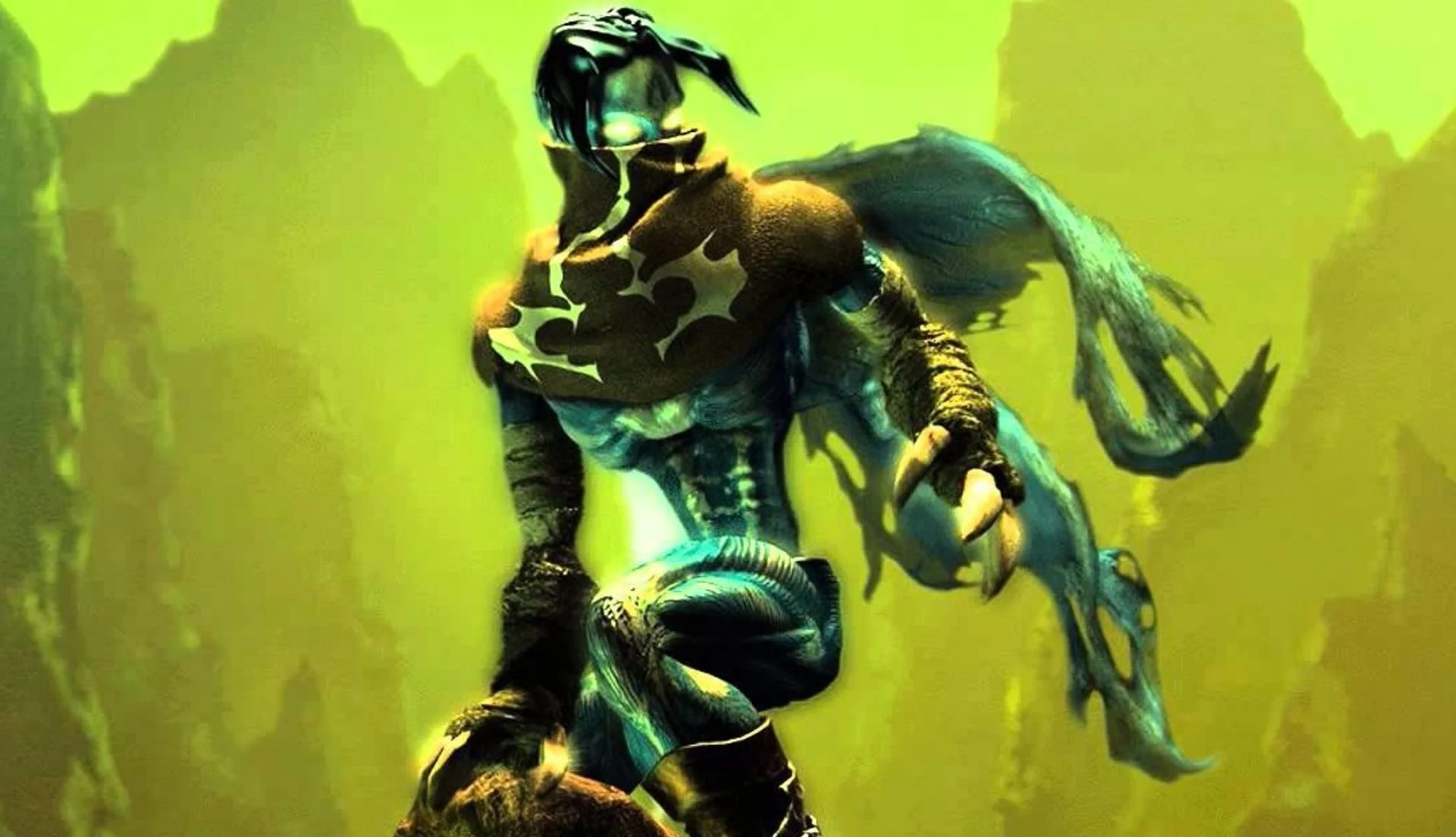
Another great example of choice-based multiple endings is Supermassive Games’ Until Dawn. It has fewer endings than Heavy Rain but has the fun horror-movie aspect of who dies first. If you do well, then nobody does. There are even trophies for this too. However, there are also achievements based on certain characters dying.
“For some people, platinum is the only option.”
In all my time with PlayStation, I have earned a total of 2,866 trophies. I have only platinumed five of these. Although I have not been on Xbox for a while now, there’s a similar story there; 54,000 gamerscore, but only two games with all achievements. So it’s safe to say that I am not a trophy hunter. To me, personally, this is a tedious and time-consuming task. I like to enjoy a game and finish it when I’m ready. Having to go back and play the same game another four or five times seems too much for me.
I’m also very much a normal mode gamer. Playing games on higher difficulties isn’t for me. So many trophies or achievements depend on getting through the game in a near-impossible setting. But for some people, this is the only way to complete a game. Get that platinum trophy or final achievement; that is when you have won. But even then, some games give their trophies away freely, making them easy to platinum without having seen everything the game has to offer. So is having that platinum Trophy even the end?
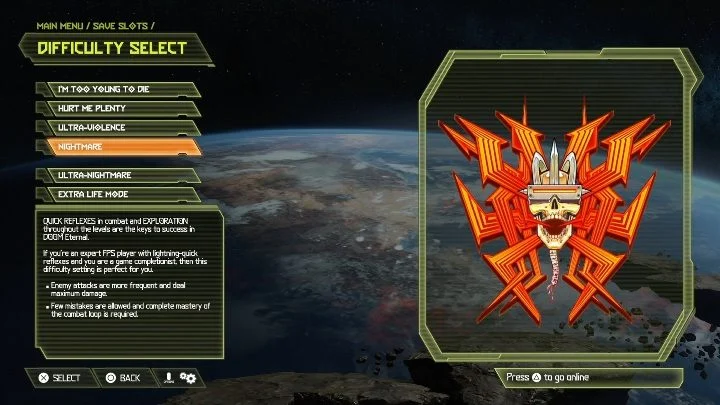
Some trophies end up being simply impossible to achieve. Often, these are the online-based ones. Once a game has run its course, you find yourself unable to find an opponent to get that last “win 1000 online games” trophy. Or occasionally, as was the case with Gran Turismo Sport, servers will be shut down, stopping you from even accessing the ability to attain certain trophies.
So, for some people, platinum is the only option. The game is not complete until every stone is overturned, every enemy killed, every ending witnessed, and every difficulty mastered. Of course, this isn’t for everyone.
“For fifteen units of your country’s currency, a new threat emerges.”
You have reached the endgame. The credits have rolled, and everyone is happy. But for fifteen units of your country’s currency, a new threat emerges as an expansion pack.
Some expansions are great, offering a plethora of new content, story scenes and dialogue, and entirely new areas to explore. Some, of course, are horse armor. But in the case of games such as The Witcher 3 and Horizon Zero Dawn, there is some phenomenal extra story content.
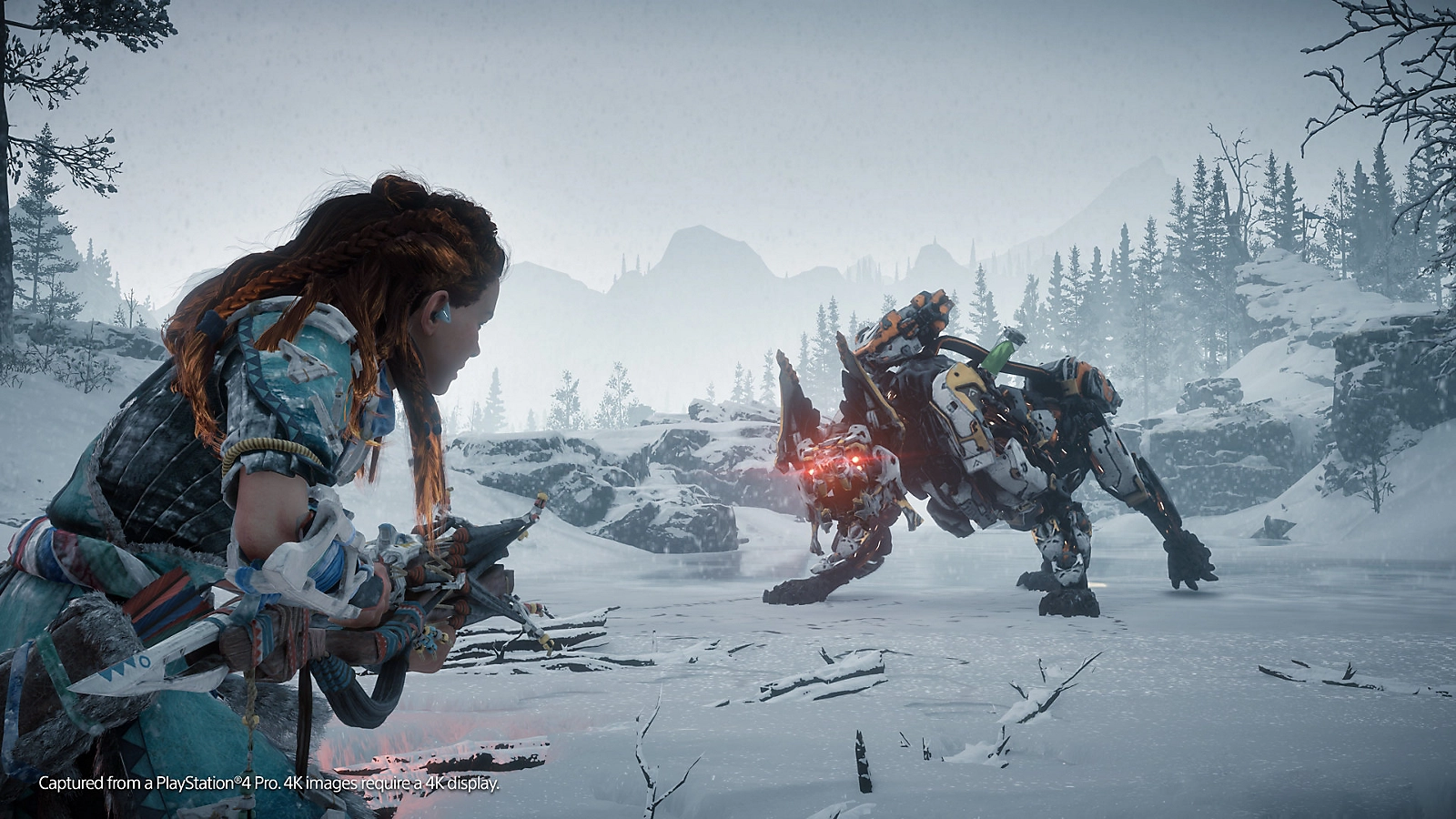
In the 2008 Prince of Persia game, the game itself had a relatively open ending that was only completed if you bought the epilogue DLC. I hope this ridiculous idea came about because the game didn’t sell well, so they added a DLC instead of a full sequel. We’ll never know for sure.
“No one will tell you when to put your controller down.”
How do you complete Call Of Duty: Warzone? Some games simply aren’t designed with “completion” in mind. The same can almost be said of Minecraft, although there is a pseudo-ending. In cases such as these, was there ever an endgame in mind? Do you consider it complete if you reach the highest possible stats? Or is it simply when you get bored and turn the game off for the last time?
No one will tell you when to put your controller down. Gaming has evolved to the point where people from different generations play together. There are all kinds of genres and some of which don’t even have an end. When you consider a game to be finished is entirely up to you. It’s a personal choice.
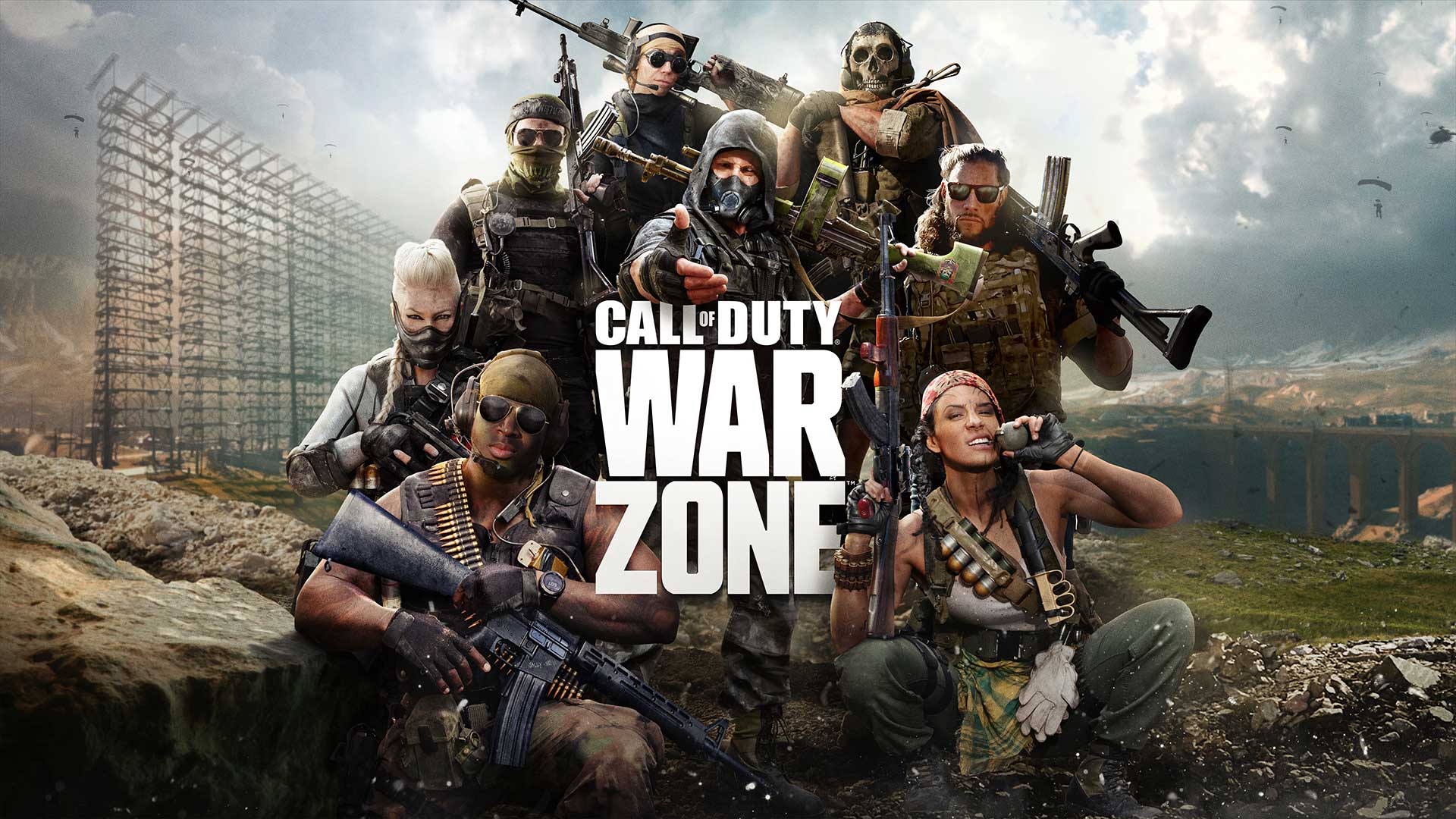
Set your own goals. If you want to play a game for the story alone, stick the difficulty on “easy” and enjoy the ride. Do you want to hunt down all those Platinum Trophies? Go for it. Do you wish to search for every hidden secret and upload all your findings to Twitch or YouTube? Great.
At the end of the day, when you call a game complete is entirely up to you.


